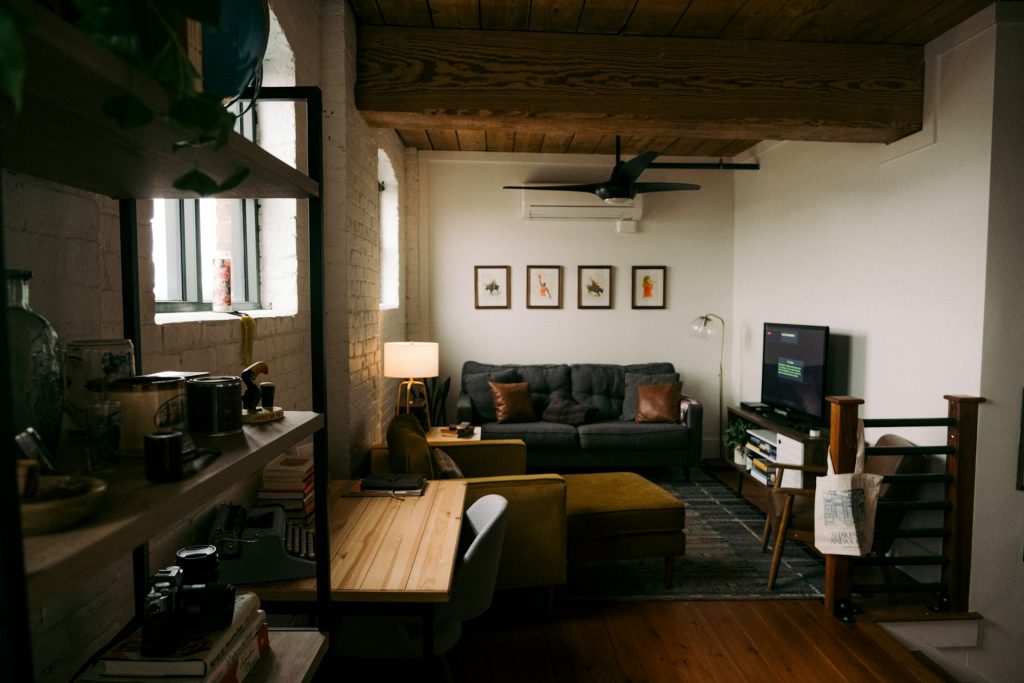Running a successful Airbnb is more than just throwing up a listing and hoping for the best. It’s about crafting a strategy that blends value, psychology, and market awareness. Pricing plays a central role in this equation, acting as both a magnet for potential guests and a mirror of your property’s worth. In this article, I’ll guide you through crafting competitive pricing strategies that not only attract more guests but also ensure your efforts are financially rewarding. Let’s explore the subtle art and science of Airbnb pricing.
Table of Contents
ToggleWhy Pricing is Your Airbnb’s Superpower
Let’s face it: most travelers are scrolling through listings with one eye on the photos and the other glued to the price tag. A well-thought-out price not only draws clicks but sets the tone for the entire guest experience. A competitively priced listing doesn’t necessarily mean being the cheapest—it means striking a balance between value and profitability. Too low, and you risk cheapening your property’s appeal or undercutting your profit margin. Too high, and you’ll see your calendar sit empty while more reasonably priced competitors rake in the bookings.
The ideal price communicates confidence. It says, “This property is worth every penny,” while also signaling fairness and value. To reach this golden mean, you need to consider several key factors, starting with an in-depth understanding of your market.
Understanding the Airbnb Market in Your Area
No two Airbnb markets are the same. A bustling metropolitan hub will have vastly different dynamics compared to a sleepy coastal town. To set competitive prices, you must first immerse yourself in the local landscape.
Learn From Your Competition
Start by researching properties similar to yours. Search for listings that match your location, size, amenities, and style. Examine their nightly rates and pay close attention to patterns: how do their prices change on weekends, during holiday seasons, or for long-term stays? What types of guests are they targeting?
For instance, if your neighborhood is popular among budget travelers, you’ll likely find success by offering value-oriented rates. On the flip side, if your area attracts luxury-seekers, guests may expect higher prices but will also demand top-tier amenities and services.
Beyond nightly rates, take note of the hidden costs competitors may add—cleaning fees, extra guest charges, or pet fees. These impact the guest’s total cost perception and should inform your pricing approach.
Use Market Analytics Tools
Modern hosts have an arsenal of tools at their disposal to analyze market demand and trends. Platforms like AirDNA and PriceLabs provide data-driven insights, such as average occupancy rates, seasonal demand shifts, and even local events that may drive spikes in bookings. This information is invaluable for making informed pricing decisions.
The Dynamic Pricing Advantage
Gone are the days when static pricing ruled the hosting world. In today’s competitive Airbnb landscape, dynamic pricing is the gold standard. Dynamic pricing is a system where your rates automatically adjust based on various factors like local demand, competitor prices, and guest booking behavior.
Imagine it’s a quiet Tuesday in February, and bookings are slow across the board. A lower rate might lure travelers who wouldn’t have otherwise booked. Now picture a music festival coming to town in June. Demand surges, and your dynamic pricing system bumps up your nightly rate to reflect the market frenzy. The result? A full calendar and a maximized revenue stream.
While Airbnb offers its own Smart Pricing tool, many seasoned hosts prefer third-party platforms like Beyond Pricing or Wheelhouse for more granular control. These tools allow you to fine-tune your rates based on your unique goals and circumstances, ensuring you’re never leaving money on the table.
Mastering the Psychology of Pricing
Pricing isn’t just a numbers game—it’s a psychological one. Travelers are wired to interpret prices in specific ways, and small tweaks can make your listing more enticing without changing its actual value.
One proven tactic is charm pricing. Listing your property at $99 per night rather than $100 creates the impression of a deal, even though the difference is negligible. This approach works because our brains associate odd numbers with discounts and savings.
Another psychological principle is offering discounts for longer stays. A weekly or monthly discount might seem like a revenue hit at first glance, but in reality, it often secures higher occupancy rates while reducing turnover costs. Guests see these discounts as added value, and you enjoy the benefit of longer, hassle-free bookings.
You should also consider the impact of your cancellation policy. Flexible policies are like catnip for indecisive guests, as they provide peace of mind. However, if you can offer a slightly lower price for stricter policies, you might attract more committed bookings. It’s all about understanding what resonates with your ideal guest.
Airbnb Management Melbourne service can help you grow your Airbnb. Get in touch to learn more.
Seasonality and Local Events: Timing is Everything
Seasonal fluctuations can make or break your Airbnb calendar. Ignoring them is like fishing without bait—you’ll miss out on the best catches. If your property is in a ski town, for example, winter months will naturally command higher rates. Conversely, a beach house will see its peak during summer.
Local events also play a huge role in determining pricing. Conferences, music festivals, marathons, and even weddings can bring a surge of visitors. Keep a close eye on local calendars, and adjust your prices to capture this influx of demand. During such periods, guests are often willing to pay a premium for convenience.
Delivering Value Beyond Price
While pricing is critical, it’s only one piece of the puzzle. Guests are more likely to book if they perceive your property as offering superior value. Value isn’t just about amenities—it’s about the entire experience.
Make sure your listing highlights what sets your property apart. Do you offer free parking in a city where it’s rare? Is your home located steps away from a major tourist attraction? Showcase these details prominently. Guests are often willing to pay slightly more for a property that offers convenience, unique experiences, or thoughtful touches like complimentary snacks or personalized recommendations.
Learn more about Airbnb Policies to stay informed.
FAQs:
How often should I update my Airbnb pricing?
It’s a good practice to review your pricing at least once a week, especially if you’re in a competitive market. Use dynamic pricing tools to make automatic adjustments based on demand.
Should I use Airbnb’s Smart Pricing tool?
Airbnb’s Smart Pricing tool can be helpful for new hosts, but third-party tools often provide more flexibility and better customization for experienced hosts.
How do I handle pricing during off-peak seasons?
Lower your rates slightly during off-peak seasons to remain competitive, but also emphasize unique features of your property that add value year-round.
Is it better to charge a lower nightly rate with higher cleaning fees?
This depends on your market. Budget travelers often prefer lower upfront costs, so spreading out expenses can make your listing more appealing.
How can I attract last-minute bookings?
Offer discounts for last-minute stays and highlight your listing’s availability in the title or description. Dynamic pricing tools can automate these adjustments for you.

